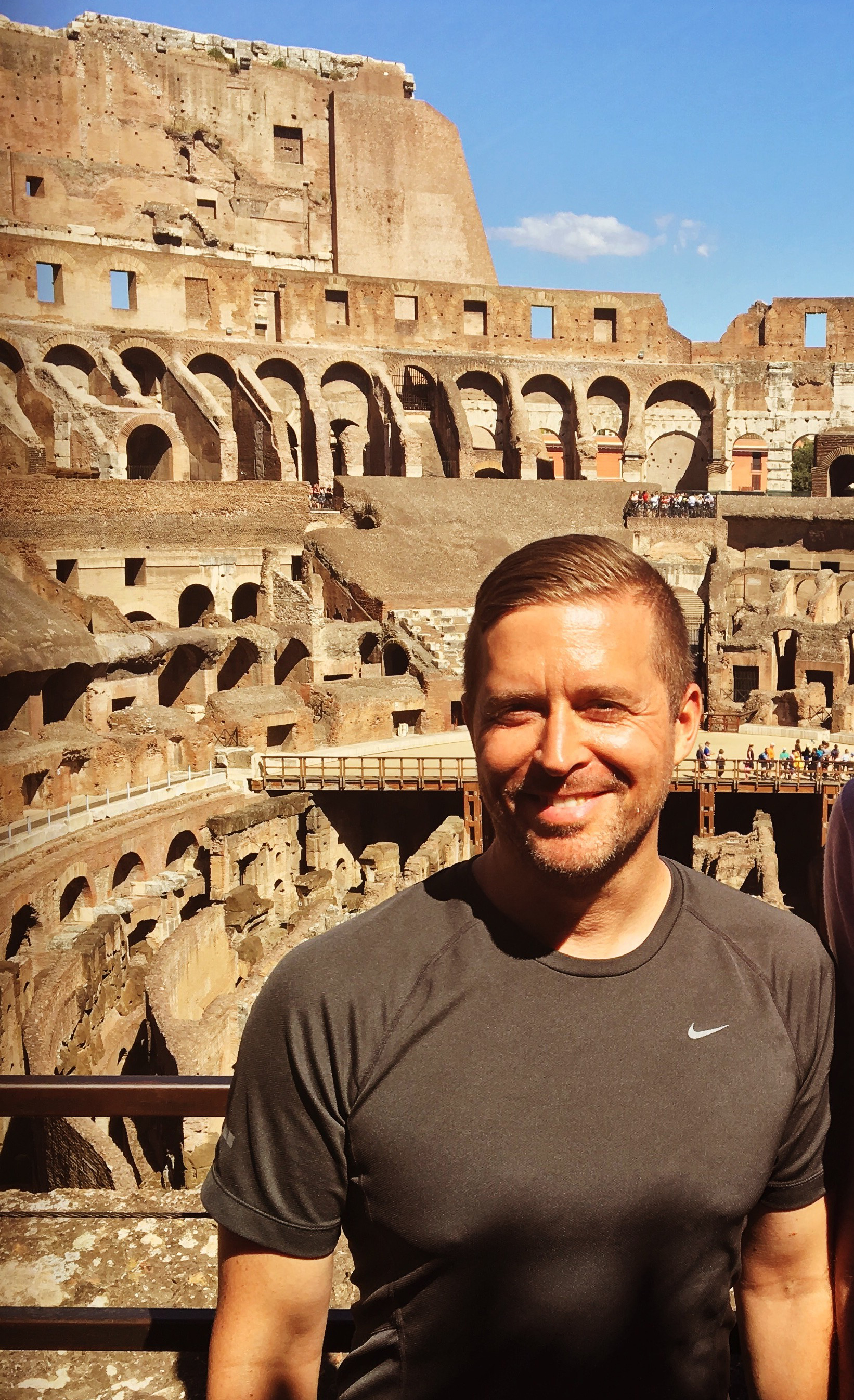Affiliation: Northern Illinois University

Sinclair Bell is a Classical Archaeologist and Professor of Art History at Northern Illinois University, where he teaches courses on Greek, Etruscan, and Roman art and architecture. He studied Classical Archaeology at the University of Oxford, the University of Cologne, and the University of Edinburgh, where he received his Ph.D. in Classics in 2004. He has excavated at sites in Italy and Tunisia and interned in museums in Germany and Greece. He is currently Editor of the Memoirs of the American Academy in Rome.
The representation of foreign peoples with manifest ethnic or “racial” differences, such as unfamiliar physical traits or exotic dress, has been a longstanding and often visceral site for human artistic expression. The visual and material culture of the Roman Empire provides an abundant record of such encounters which render visible complex formulations of ethnicity, social hierarchies, and power—in short, of who was in and who was out. This lecture discusses how artists represented the peoples whom Romans referred to as Aethiopians (i.e., Sub-Saharan or “black” Africans) in different visual media, and explores issues related to the social functions, patronage, viewership, and interpretation of these works. The lecture discusses the formalized conventions, object types, and display contexts of their representations; examines the two critical axioms of their study, including their role in debates about Roman “proto-racism” (or the lack thereof); and maps out recent approaches to and future directions for their study.
Short bibliography and/or website on lecture topic:
Bell, S.W. (2021) “Images and Interpretation of Africans in Roman Art and Social Practice.” In The Oxford Handbook of Roman Imagery and Iconography, edited by L. Cline and N.T. Elkins. Oxford: Oxford University Press.
From the ancient Olympics to the modern film Ben-Hur, horse racing has proven a potent and enduring symbol of the agonistic culture of Classical Antiquity. But in contrast to the Greeks’ equal passion for mounted horse races and chariot racing, Romans strongly favored the latter. With new discoveries from the world of Roman chariot racing, this lecture pieces together an epic view of the lost ancient sport – the earliest, most popular, and longest-lived form of mass entertainment in the Roman world, yet also the most lethal. The lecture draws on widespread sources of evidence and experimental archaeology to reveal the world of chariot racing and bring the sport vividly back to life, traveling from imperial Rome to the great sites of Carthage, Caesarea, and all across the Empire.
Short bibliography and/or website on lecture topic:
https://www.smithsonianchannel.com/details/series/romes-chariot-superstar
See Sinclair Bell's work in the American Journal of Archaeology.